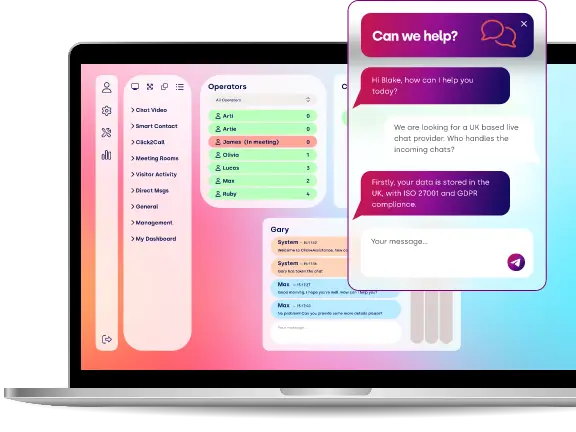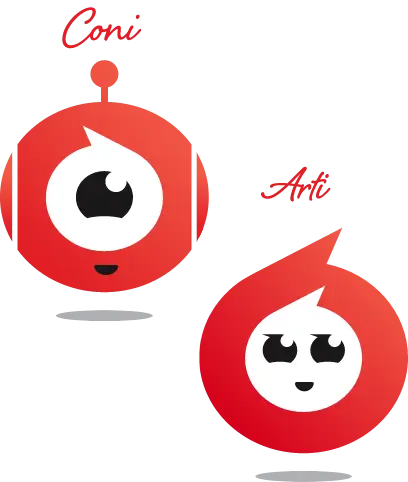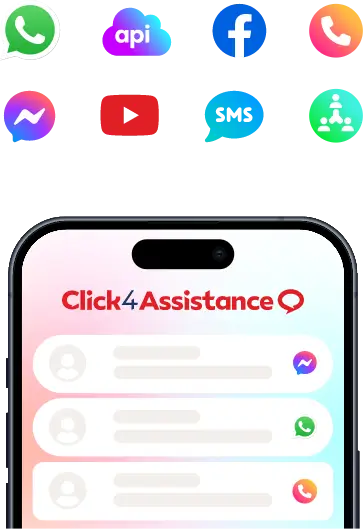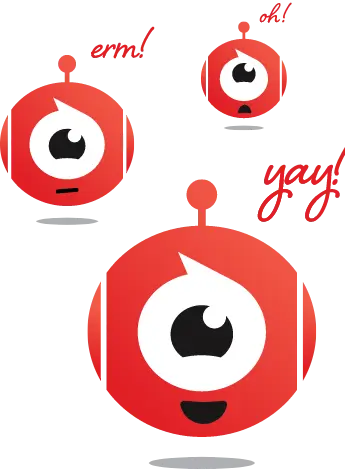Chatbots Are Getting Better

Thanks to advances in technology, chatbots are becoming far more capable. This article explains how and why.
Trying to communicate with early chatbots was challenging. You had to ask them questions in just the right way, and even then, they might still come back at you with the wrong answer.
For millions of customers, the sensation was one of utter despair. Sure, chatbots provided immediate answers but most of them were useless.
At one stage, the problem was so bad that commentators developed a term for it: “the spiral of misery.” Users would keep peppering chatbots with ever-more refined questions, only to get increasingly bizarre and irrelevant answers.
The basic problem is this: chatbots didn't really understand what users were saying. Like all other types of software, they were input-output systems churning out pre-programmed responses. There was nothing flexible about what they did historically.
Why Things Are Changing
Now, though, things might be changing. Chatbots are becoming less robotic. And many commentators believe they will improve significantly over the coming years. Artificial intelligence and machine learning algorithms are fundamentally changing how they operate, increasing flexibility and, hopefully, banishing the “spiral of despair” to the history books.
Incredibly, there are already prototypes on the testbed that are difficult to tell apart from human reps. These respond in a human-like fashion to even the most convoluted questions, similar to a regular person.
According to Bern Elliot from technology research firm, Gartner, “you sort of can’t tell it’s not a human. It's not as good as you’d like, but it is moving in that direction.”
This type of lukewarm appraisal is a big step up from the chatbots of old. Before, it was completely obvious you were talking to a machine. But now, regular conversations feel possible, even if current technology still makes mistakes.
There are several factors coming together that explain why this is becoming a reality only now. The first is the drive by many of the world’s leading companies to build viable home assistants: devices that can answer customers’ general questions. Amazon, Google and Apple have all poured billions of dollars into these products, enhancing their capabilities considerably over recent years. General voice recognition, semantic mapping, and machine learning systems exist that firms can transplant into on-site chatbot services.
Then there is the newfound access to overwhelming computing resources. Amazon, Microsoft, and Google all now offer gigantic server farms which provide chatbots with the raw processing power they need to provide decent responses. Thanks to the cloud, firms don’t need to bring any of this capital expense in-house, accelerating smart chatbot proliferation.
Improvements are even being made in the realm of helping chatbots access business data. Chatbot companies are making it possible for clients to train bots on their own internal data to answer more idiosyncratic or account-based questions. Customers can get specific human rep-like responses instead of being forwarded to a human agent.
How Today’s Chatbots Are Getting Better
In the past, chatbot systems developers built their systems in isolation, based on their own internal standards. IBM, for instance, saw an opportunity to use its famous Watson system, in the customer service space. The Jeopardy gameshow-dominating machine learning tool was supposed to automate all sorts of business tasks, including customer service (thanks to its in-built question-and-answer approach).
However, after many years of development, IBM scrapped the project and sold it to a private equity firm. The new owners set about reconfiguring the system for the real world instead of isolated domains.
The starting point for many was to follow how real conversations evolved and which follow-ups led to customer resolutions. If chatbots were going to succeed in the space, they needed to be able to operate in the same environment as conventional human reps.
Of course, developers didn’t programme early chatbots this way. Instead, they simply responded with predetermined inputs and found it impossible to adapt to customer questions or context.
The key breakthrough in recent years is the concept of “intent.” Developers are now programming chatbots with the ability to figure out what users really want, a bit like search engines.
General Motors' new chatbot is a good example of this in action. At first, the company’s chatbot was laughably rigid. It provided canned answers and, usually, they weren’t relevant to the original inquiry.
However, in 2019 it began working with IBM to improve the service’s quality. At first, there was little improvement. But as the team trained the chatbot on the type of questions GM customers asked, it got better. Eventually, it didn’t matter how questions were phrased. You could ask “how much is the deposit?” or “what’s the deposit amount?” and it would understand you both times. Even more impressively, the bot was able to provide customers with personalised answers, phrased correctly in response to their questions.
What This Means For Businesses Like Yours
Developments in the chatbot space offer significant promise to businesses. They have the ability to improve customer experience and reduce labour costs significantly.
Furthermore, if the technology succeeds, firms can use it to improve their margins. On average, telephone answering services cost businesses somewhere between £1 and £1.20 per minute which can add up to millions of pounds per year. However, chatbots are essentially free.
Firms haven’t started trimming their call centre staff en masse yet. Most remain in their posts. But that’s mainly to do with the present limitations of the technology. Chatbots are good at dealing with basic inquiries, but they still don’t do very well with more complex issues. Agents are best for difficult calls that require empathy. However, this arrangement may change in the future and chatbots will likely become even more valuable.
With Click4Assistance, you can add a chatbot to your website with ease. Our chatbot is powered by IBM Watson and uses natural language processing, meaning that it is adept at understanding what customers are asking. Chatbots are available 24/7 and respond to enquiries immediately, reducing customer frustration.
























